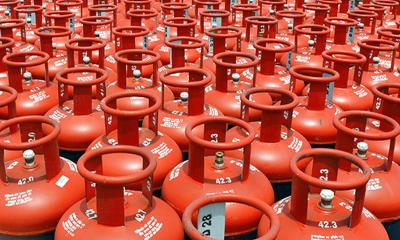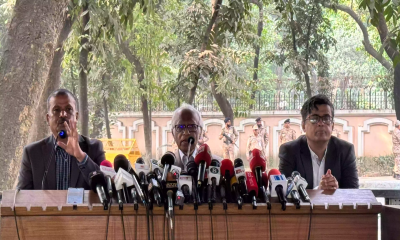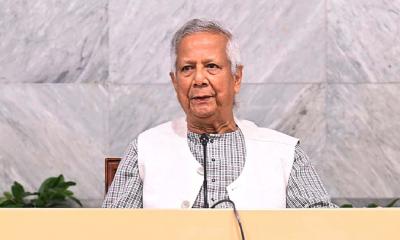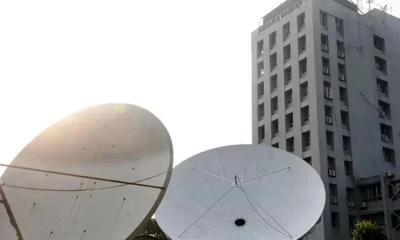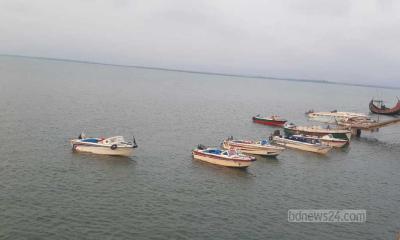SpaceX’s colossal Starship rocket exploded over the Indian Ocean on Tuesday during its latest high-stakes test, marking another turbulent milestone in Elon Musk’s ambitious mission to colonize Mars.
The massive rocket — the largest and most powerful ever built — launched at 6:36 p.m. local time (2336 GMT) from the company’s Starbase facility in southern Texas, near a small village that recently voted to rebrand itself as the city of Starbase.
Excitement was high among SpaceX teams and space enthusiasts following two previous test flights that ended in dramatic failures over the Caribbean. This time, hopes were pinned on a smoother ride.
But trouble surfaced early. The Super Heavy booster, which was supposed to perform a controlled splashdown in the Gulf of Mexico, exploded mid-air instead.
Things worsened when the upper-stage Starship spacecraft failed to open its doors to release its test payload — a group of simulated Starlink satellites.
Although the rocket flew farther than previous attempts, it suffered leaks and started spinning uncontrollably as it drifted through space.
Mission teams quickly vented fuel to reduce the impact of a likely explosion. Roughly 45 minutes into what was planned as a 66-minute journey, the live stream cut out.
The ship never made it to its intended splashdown zone off Australia’s western coast.
SpaceX later confirmed the vehicle had undergone a “rapid unscheduled disassembly” — the company’s now-famous euphemism for a fiery crash — and emphasized that each test is a chance to learn and improve.
Elon Musk responded by promising quicker launches moving forward: “We’re aiming to fly again every 3 to 4 weeks,” he said. However, he gave no update on a planned live presentation about Mars, which had been teased ahead of the launch.
A Rocket with Big Dreams
Towering at 403 feet (123 meters), Starship is designed to be fully reusable and cost-effective, a centerpiece of Musk’s vision to make humanity a multi-planet species. NASA also plans to use a version of the rocket for Artemis 3, the mission to land astronauts on the Moon once again.
Dozens of space enthusiasts gathered at Isla Blanca Park and surrounding waters to witness the historic moment. Among them was Australian Piers Dawson, who planned his first U.S. trip around the event, bringing his wife and son — even pulling the teen out of school.
“There’s no such thing as failure in science,” said Joshua Wingate, a 33-year-old tech entrepreneur from Austin. “You learn something from every single test.”
Learning by Launching
Tuesday’s flight was the ninth integrated test of the Starship atop its Super Heavy booster. SpaceX continues to embrace its “fail fast, learn fast” approach — a philosophy that has helped the company become a dominant force in commercial spaceflight.
One engineering win: SpaceX has now successfully caught the Super Heavy booster with the launch tower’s robotic arms on three occasions — a breakthrough for rapid reuse. For this test, the company reused a Super Heavy booster for the first time, though it opted not to attempt a catch, instead testing a steeper descent and a partially disabled engine.
With the FAA recently approving an increase from 5 to 25 Starship launches per year — despite environmental concerns from conservation groups — SpaceX is pushing forward with full throttle, determined to turn setbacks into stepping stones on the path to Mars.


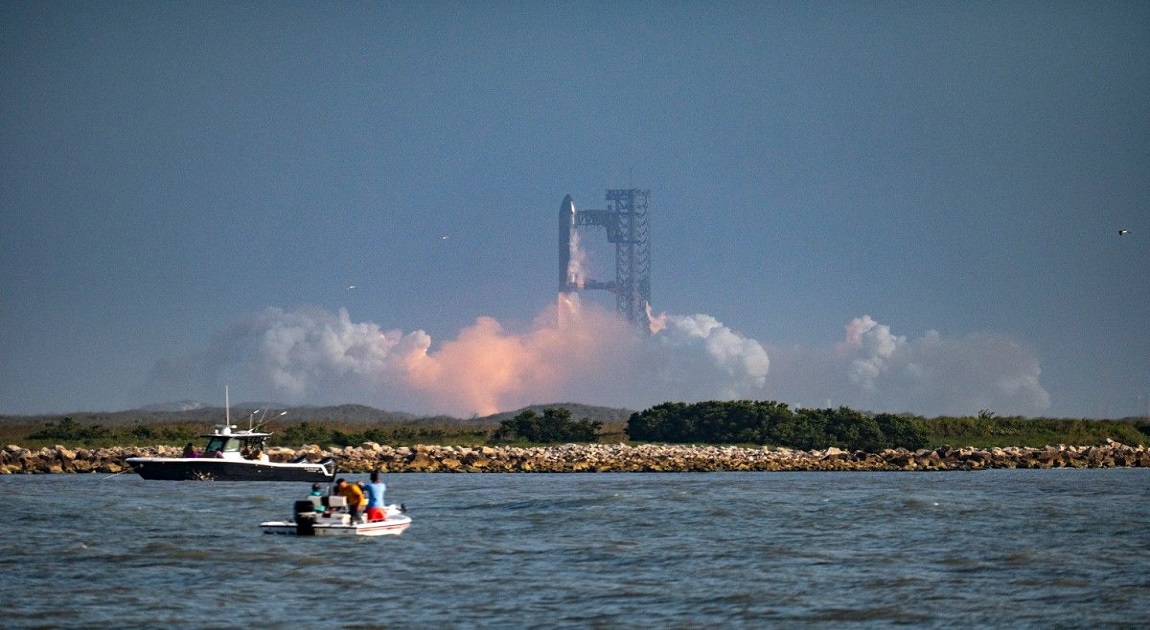






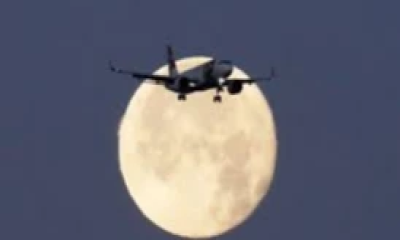
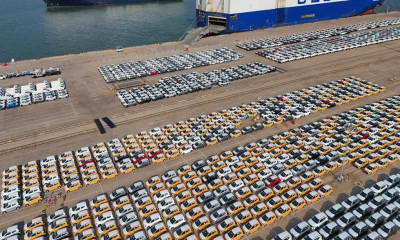
-20251207131533.jpg)



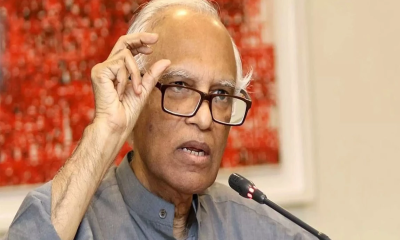







-20251206083331.jpeg)


-(25)-20251122062715-20251202031751.jpeg)
-(25)-20251122062715-20251204041734.jpeg)

